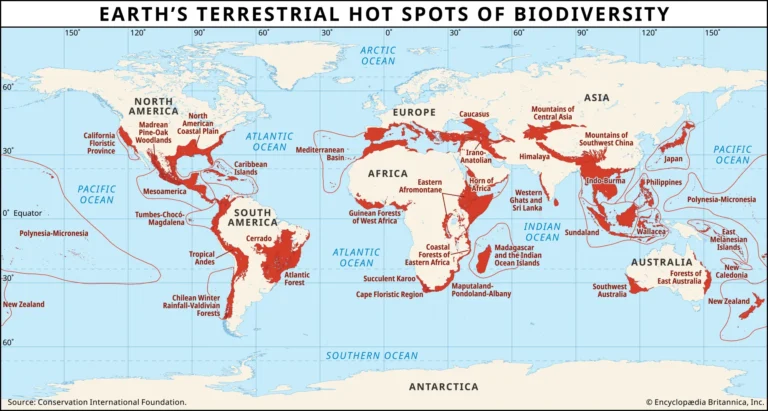Planting new ways to survive climate change
A recent international study shows plants in dry areas adopt different survival strategies. Scientists believe this is good for biodiversity conservation. The study looked at how plants in arid regions have adapted to extreme habitats. It involved 120 scientists from 27 countries, including South Africa. Peter le Roux from the University of Pretoria’s Plant and…


